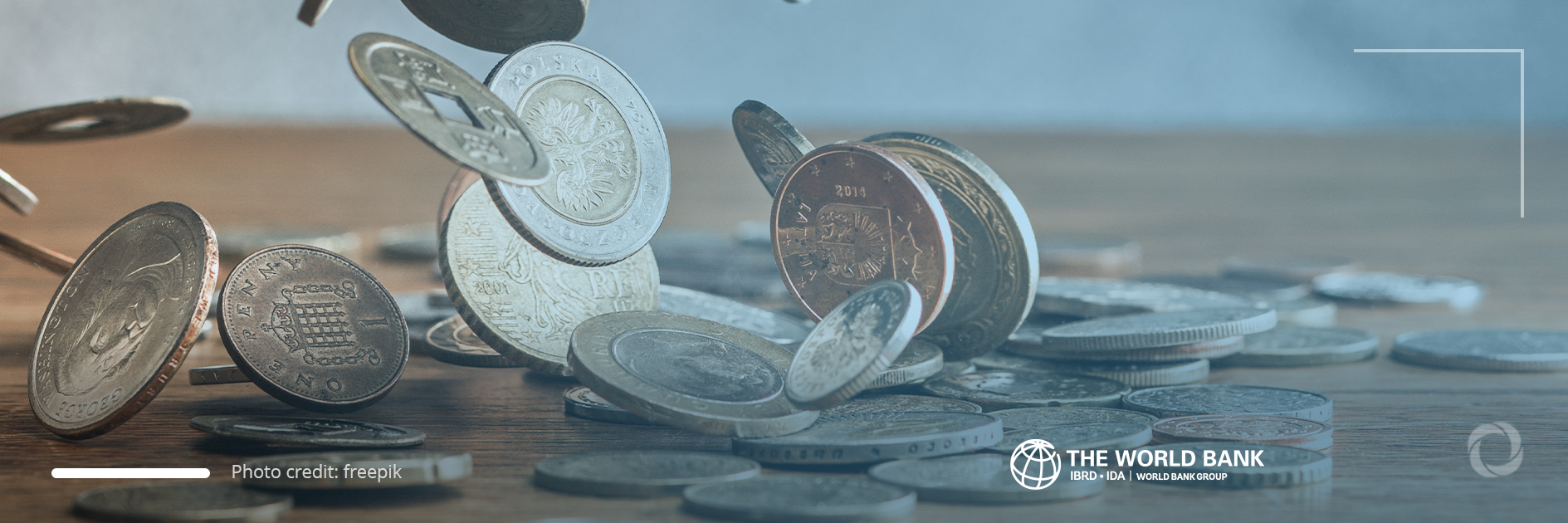Progress towards the global wealth recorded over the period between 1995 and 2018 is accompanied by a persistent level of inequalities, according to the World Bank report, titled, “The Changing Wealth of Nations 2021: Managing Assets for the Future”. Studies on the inequalities across different income groups have revealed that OECD countries had 58 times greater MER-based (MER = market exchange rate) and 21 times greater PPP-based (PPP = purchasing power parity) total wealth per capita over low-income countries in 2018. To catch up with the rest of the world, low-income countries should increase their total wealth at an above-average rate. However, according to the World Bank, the opposite is currently true.
According to the report, global wealth grew noticeably between 1995 and 2018, with upper-middle-income countries doubling their total wealth over this period. While wealth per capita dropped in North America, Europe, and Central Asia and increased in East Asia and the Pacific and South Asia, the inequalities between countries are still significant. While progress did increase in regions such as the Middle East and North Africa and sub-Saharan Africa, the share of the global wealth declined after 2014.
Fig.1. Shares of Global Wealth, by Region, 1995–2018
Source: “The Changing Wealth of Nations 2021: Managing Assets for the Future”
At the same time, the World Bank warns that while low-income countries are home to around 8% of the global population, their share of total wealth between 1995 and 2018 remained unchanged at below 1%. Moreover, over this period 26 countries recorded a decline in wealth per capita with half of these countries being located in sub-Saharan Africa.
Furthermore, in 2018 low-income and lower-middle-income countries held only 15.8% of the global PPP-based wealth while, at the same time, the share held by OECD countries was as high as 42.1% of the total PPP-based wealth. Bearing in mind that 84% of the global population lives in low- and middle-income countries, this level of inequality is significant. Overall, low- and middle-income countries hold 39% of the global MER-based wealth and 55% of the world’s PPP-based wealth.
Fig.2. Share of Global MER-Based and PPP-Based Wealth and Population, by Income Group, 2018
Source: “The Changing Wealth of Nations 2021: Managing Assets for the Future”
In addition, inequality in global wealth across income groups affects human capital too. For instance, in 2018, human capital per capita was close to US$400,000 in OECD countries, 69 times more than that in low-income countries where it was calculated to be US$5,726. Overall, human capital accounts for 64% of global wealth.
Fig.3. Annual Growth Rates of Human Capital per Capita, by Income Group, 1995–2018
Source: “The Changing Wealth of Nations 2021: Managing Assets for the Future”
As for renewable natural capital such as forests, cropland, and ocean resources, although the wealth increased over time, its share of global wealth declined, putting at risk the efforts towards climate change. For instance, low- and middle-income countries recorded an 8% decline in forest wealth per capita between 1995 and 2018. World Bank Managing Director for Development Policy and Partnerships, Mari Pangestu, noted:
“A deeper and more nuanced understanding of the sustainability of wealth is crucial to a green, resilient, and inclusive future. It is essential that renewable natural capital and human capital are given the same importance as more traditional sources of economic growth so that policymakers take steps to enable long-term prosperity.”

